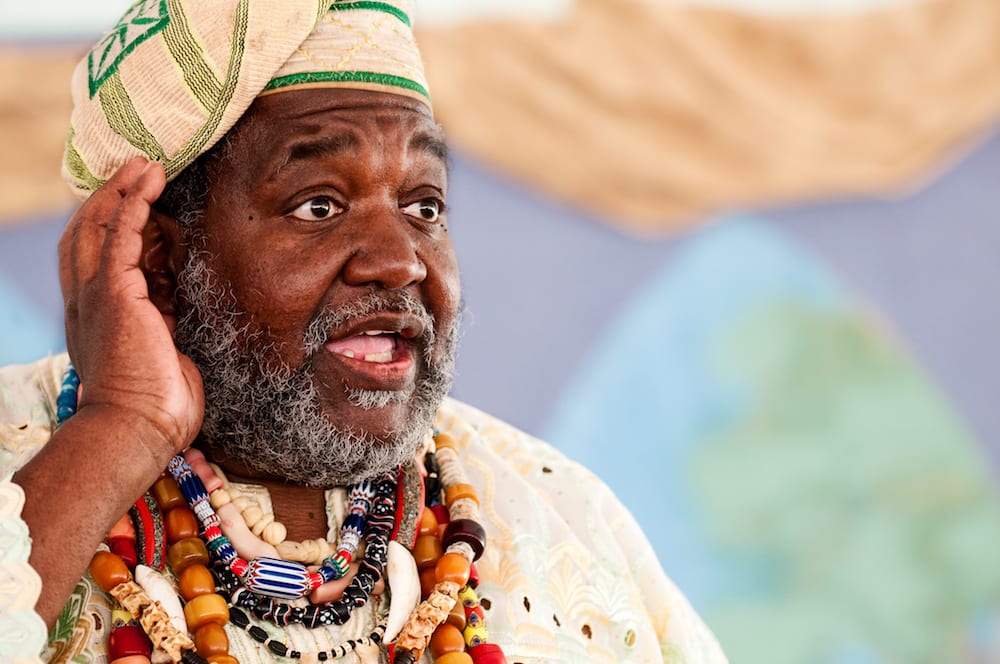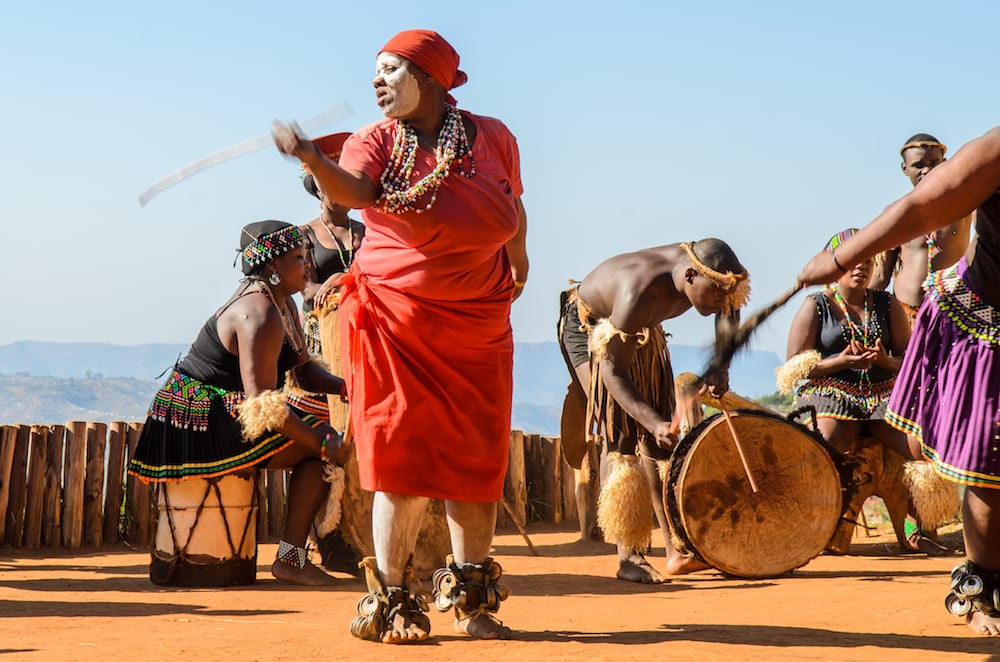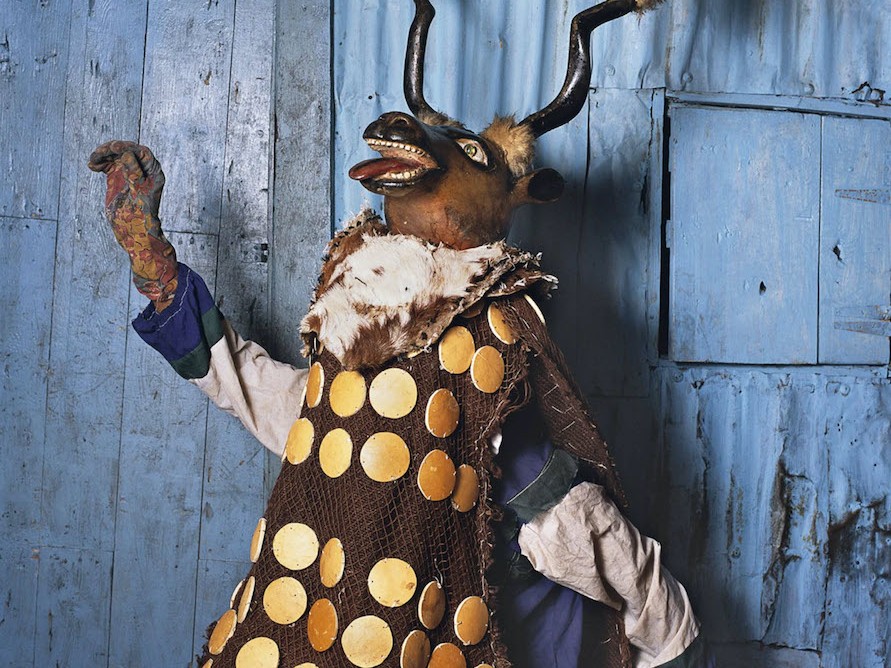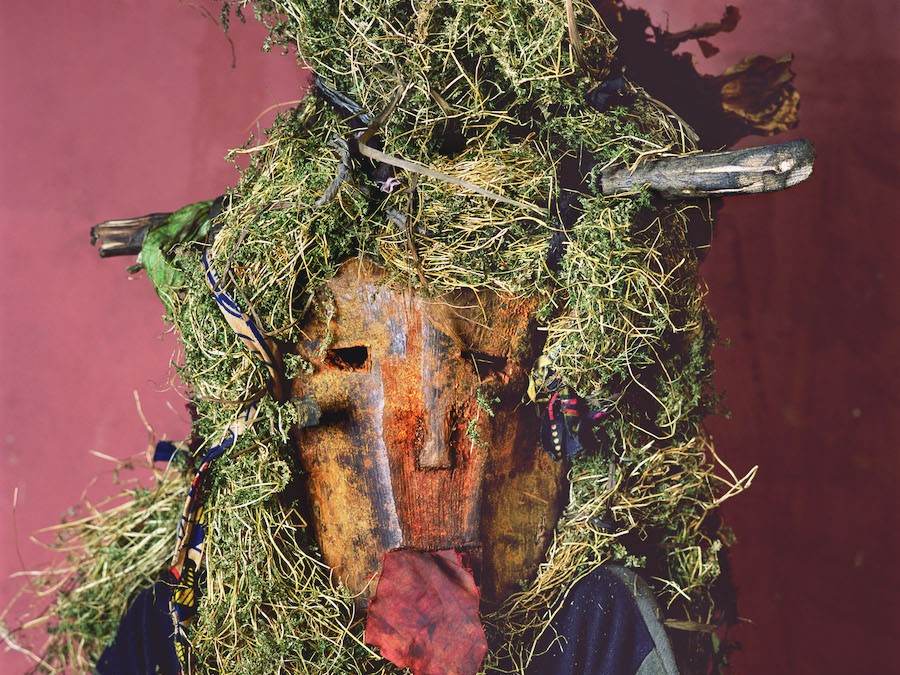Share this!
Keeping African Traditions Alive
A lot has been taken and keeps being taken from Africa. At the height of the slave trade in the 19th century, millions made the torturous journeys to forced servitude in faraway lands. Within the same period, thousands of precious artifacts were also carted away. Even as you read this, Africa still gives off enormous amounts of her human and natural resources in keeping the globalized industry awake and running.
But if there is one thing that has remained intact, it is the traditions and cultures of the peoples of Africa. So although Africans were uprooted from their ancestral homes, their ways of life followed suit and flourished; though priceless works of art were seized, the incident only paved the way for forbearers to pass on the knowledge to eager subordinates.
Through song and dance, storytelling and oral hand downs, African tradition, cultures and practices have been kept alive and well, by people living in and outside the continent! So without further ado, here are some of the means by which African tradition keeps staying alive and evolving:
Oral Practices
This method of preserving (or propagating) traditional African values remains arguably the most practiced. African tradition passed down by mouth, from one generation to another, entails the active collaboration between the speaker and an attentive audience. The Moroccans capture this relationship and place it in proper context!

There is the hlaykia, or storyteller, who weaves tales/stories about the very foundations of culture and tradition and gives engaging oral servings to the halka (circle or ring) of an audience. This group of listeners will comprise children and young adults, who themselves will become master storytellers in the years to come.
In essence, keeping African tradition alive entails the active collaboration between the story teller and listener. Together, these two groups make oral renditions play a crucial role in passing on cultural values, essential events, lessons and mysteries and sadness and joy. These draw Africans together, so that, by sharing stories, they can remember who they are and where they come from.
Music, Singing and Dance et al
Are there activities that go further in teaching and engaging an audience than storytelling? Come into the world of African music, dancing and singing! The latter is vital to the African story because the melody and rhythm follow the intonation of the song text. The songs are often sung in call-and-response form; so the lead calls out with a tune and waits for the audience to respond in kind. The back and forth exchange in melody and beat, not only reinforces shared beliefs and values, but it also raises the next generation of individuals that will keep the torch burning.

For instance, West Africans revel in the exploits of a groit; a praise singer or poet armed with a deep repository of knowledge and wisdom. Such individuals know the traditional songs and employ improvisation in adapting such songs to change, happenings and present events.
Music forms the bedrock of functional roles in African society. You will find that Africans, across the continent, have music for different occasions including those for marriage ceremonies, birth, burials, farming seasons, hunting, among others. Besides, music also serves as a tool to ward off evil spirits, placate the ancestors as well as pay last respects to the dead. A great accompaniment to music and singing is the array of African musical instruments.
Allow me to introduce to you to one of them, the Gangan, the Yoruba term for the Talking Drum. An adroit player of this musical instrument takes listeners on a journey laced with infusions of history, culture and values, thereby cementing the sense of belonging and collective identity. Often, observers point to the Talking Drum as expressing the mood of the people and evoking emotions.

Dancing is another powerful means by which Africans tell and relive memories, events and beliefs. If you have ever seen a typical African dance performance, then you would have noticed that skilled practitioners utilize symbolic gestures, masks, costumes, body painting and props to communicate. In one breath, the dancer will engage in only simple moves. In another, expect a flurry of complexities with intricate actions including fast rotation, ripples of the body, contraction and sudden release. Note that there are dances that communicate joy or sorrow, as well as gyrations that suit one particular incident or the other. In keeping in line with shared communal ties, spectators are encouraged to join in the elaborate exhibitions.
Artworks
Remember the artifacts mentioned earlier in this article? African Art is another significant embodiment of the ways and means Africans communicate and propagate their ideas of life. In Southern Africa, the Zulus are known for the intricate nature of the beads worn by females. In fact, no two bead designs are ever the same, and the work for a married Zulu woman embodies a message understood only by her husband!

Other art illustrations may take the form of sculptures. The more popular ones include depictions for a couple, a woman and child, a male hunter with a spear or some wild animal. These carvings convey various meanings that are passed down to generations. As an example, the hunter with the spear can connote the honor accorded a departed ancestor. In another breath, the carving can also stand for courage, strength and the instinct for survival.
Africans in the Diaspora
If there is a set of people who stay intimately connected to their roots, it has to be people of African origins residing outside the continent. These individuals, often with dual citizenship, stoke the flames of their African heritage by keeping in touch with happenings on the continent and replicating the beliefs cum practices of their respective motherlands.
These Africans do not only have an association that encompasses the different nationalities on the continent, but they also strive to observe the various rites and beliefs of the ancestral heritage as well as teach the language and customs to their kids.






